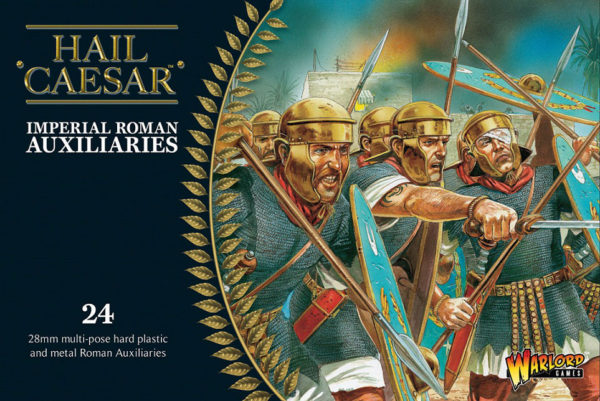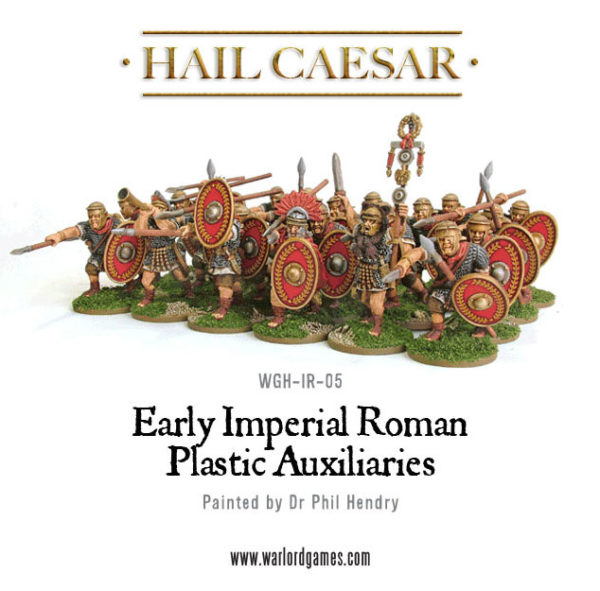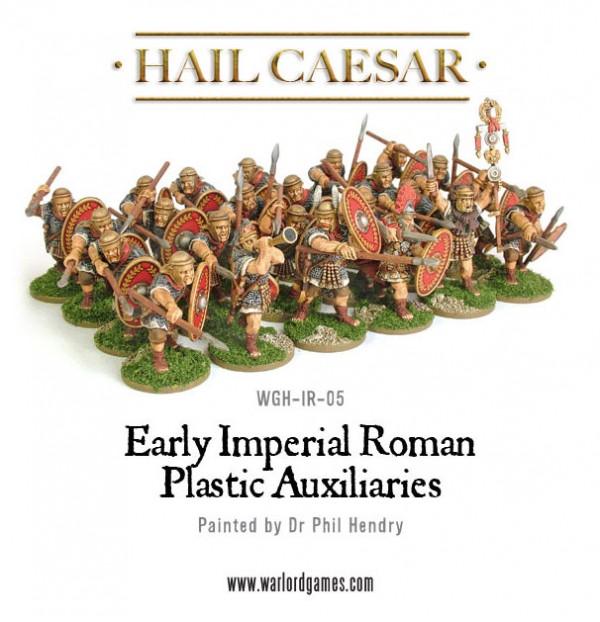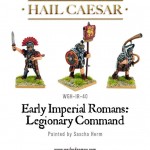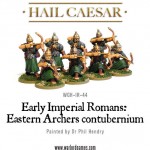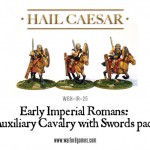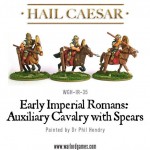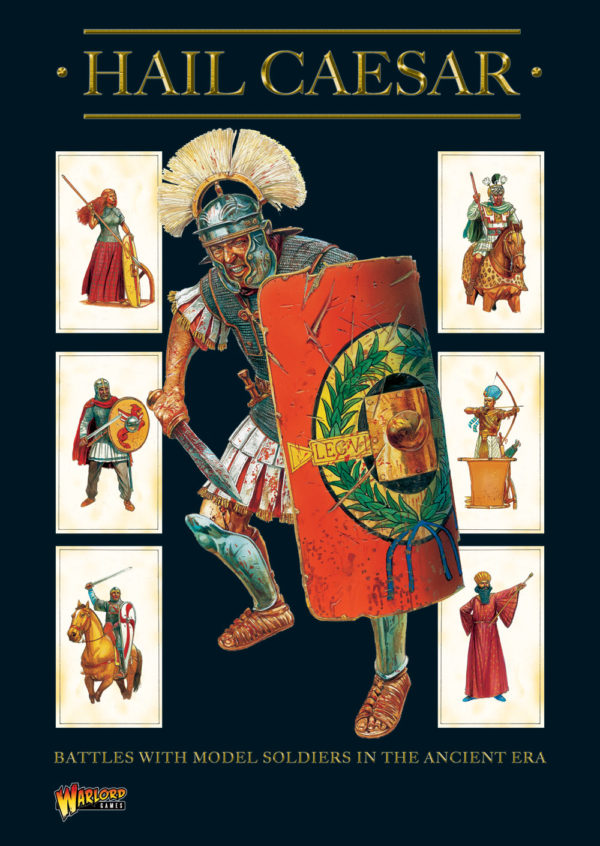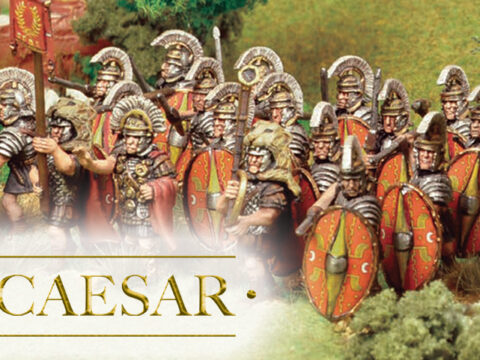The auxiliary of the Roman army came about in the earlier days of the Republic. Rome’s enemies made heavy use of foreign fighters. Many of Rome’s enemies, including Hannibal of Carthage utilised the talents of many different peoples, such as his Gallic and Spanish heavy cavalry. Influenced by this, Rome adopted the idea, using foreign troops to complement their own legions.
By the Imperial age, the auxilia had grown, with most of the Roman forces containing a large number. There was a point where most of the armies of Rome contained very few Italians! One reason for the increase in such numbers was that the volunteer could be eventually given Roman citizenship after serving 25 years in the auxiliary. Such status as to become a full Roman would have been seen as a highly desirable position.
The role of these non-citizen soldiers was to support the legionaries in combat, giving more manpower to the legion. They did not just support the legions, but they also fought in their place, often being tasked to fight in battles on their own. Well-armed and well trained, these soldiers were recruited from many of the vast tribes the Romans had either conquered or were simply loyal to them.
The auxiliary also contained light cavalry and archers, further bolstering each legion’s strength with more added support. These soldiers were mostly volunteers from the free provincial subjects within the Roman Empire. Barbarians and even some Romans also joined the ranks. The uniform of the various units differed from tribe to tribe, mostly though they were armed in a similar fashion to the legions. The more uniformed regiments were armed with large oval shields, gladius and chainmail armour. Often they were also supplied spears. Archers would be armed with a short sword or dagger depending on the region from where they’d been recruited.
Cavalry were armed with spears and carried the spatha, much longer than a gladius. It gave the horsemen that much needed reach to despatch his opponent. Some of the most recognisable cavalry were those of the Numidians – fast and lightly armoured, they were deadly with the bow and could runs rings around heavier opponents.
The importance of these units is evident in the campaigns of both Julius Caesar and Marcus Aurelius. During the First Marcomannic Wars, Emperor Aurelius used the Germanic tribes of the Marcomanni, Quadi and various other tribes to attack other barbarians, having previously conquered them. He also used these same units to attack the rebelling general and usurper Avidius Cassiius, helping him to end the uprising there.
Under Julius Caesar, auxilia units would play their part in the conquest of Gaul, fighting other barbarian tribes on Rome’s behalf, using Germanic and Gallic heavy cavalry against them. When the second invasion of Britain came about, he famously used a war elephant to scare off the British waiting to attack them. This mighty and unknown animal was heavily armoured and rumoured to carry a howdah bristling with archers – easily one of the scarier auxiliaries on the British Isles!
Caesar used the local tribes of Britain that were loyal to Rome, those that had sworn allegiance willingly as well as those that had been conquered. Either way this gave him an even larger and formidable force than when he had landed, aiding his campaign against the rebellious British tribes. The auxilia was vast and varied, and featured specialist warriors from across the Empire, all ready to fight for Rome.

